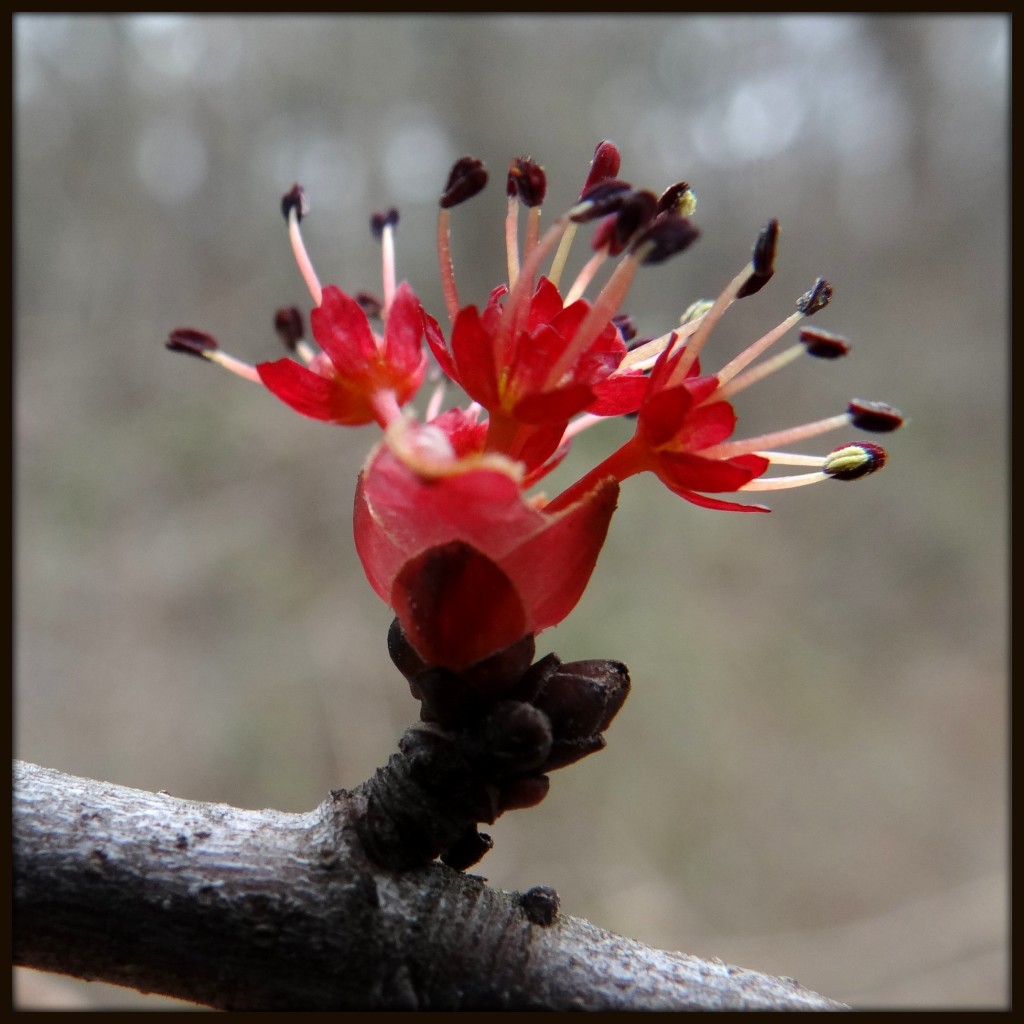I am not sure what draws me to this rather abstract image of the woods on Piney Woods Church Road, nor why I feel compelled to title it “Balance Point”. But here it is.
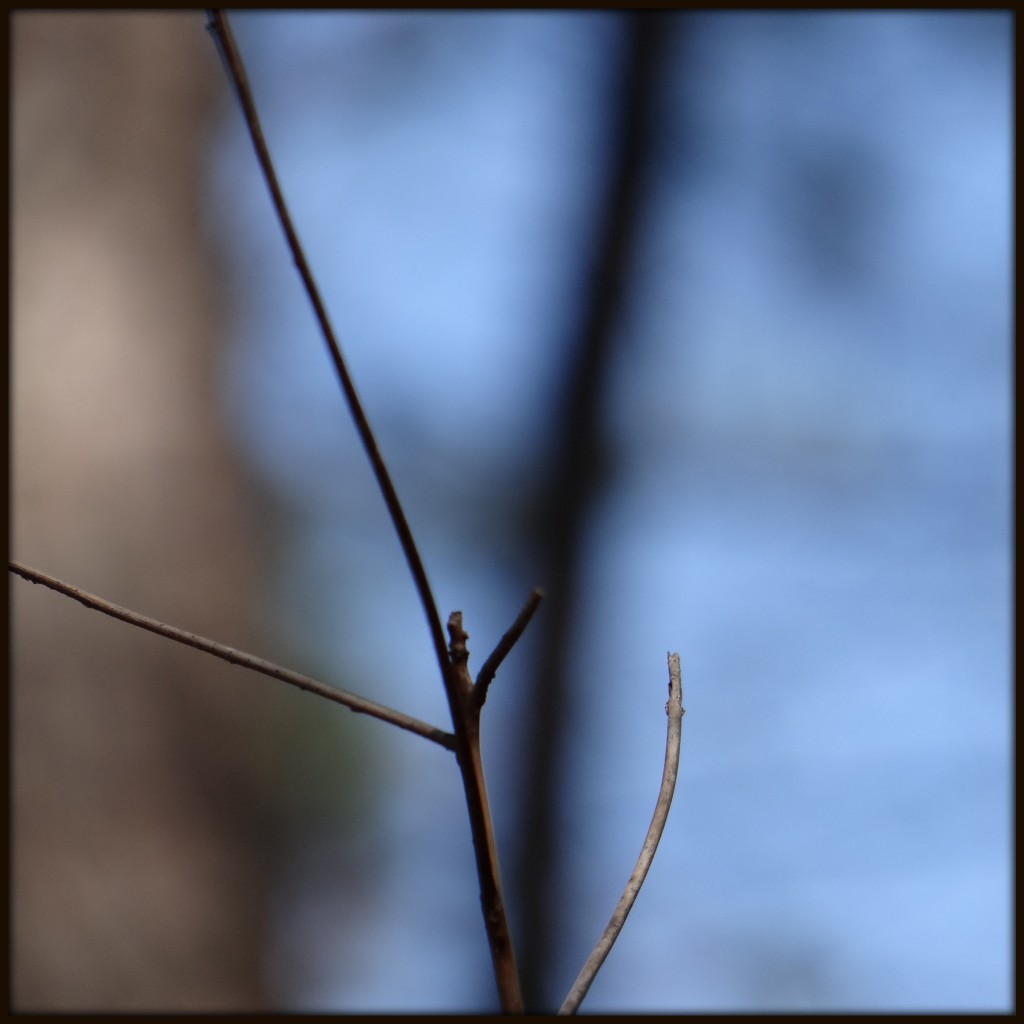
I am not sure what draws me to this rather abstract image of the woods on Piney Woods Church Road, nor why I feel compelled to title it “Balance Point”. But here it is.

Here are a few photographs of spring blooms at a nearby public garden, from my visit yesterday….
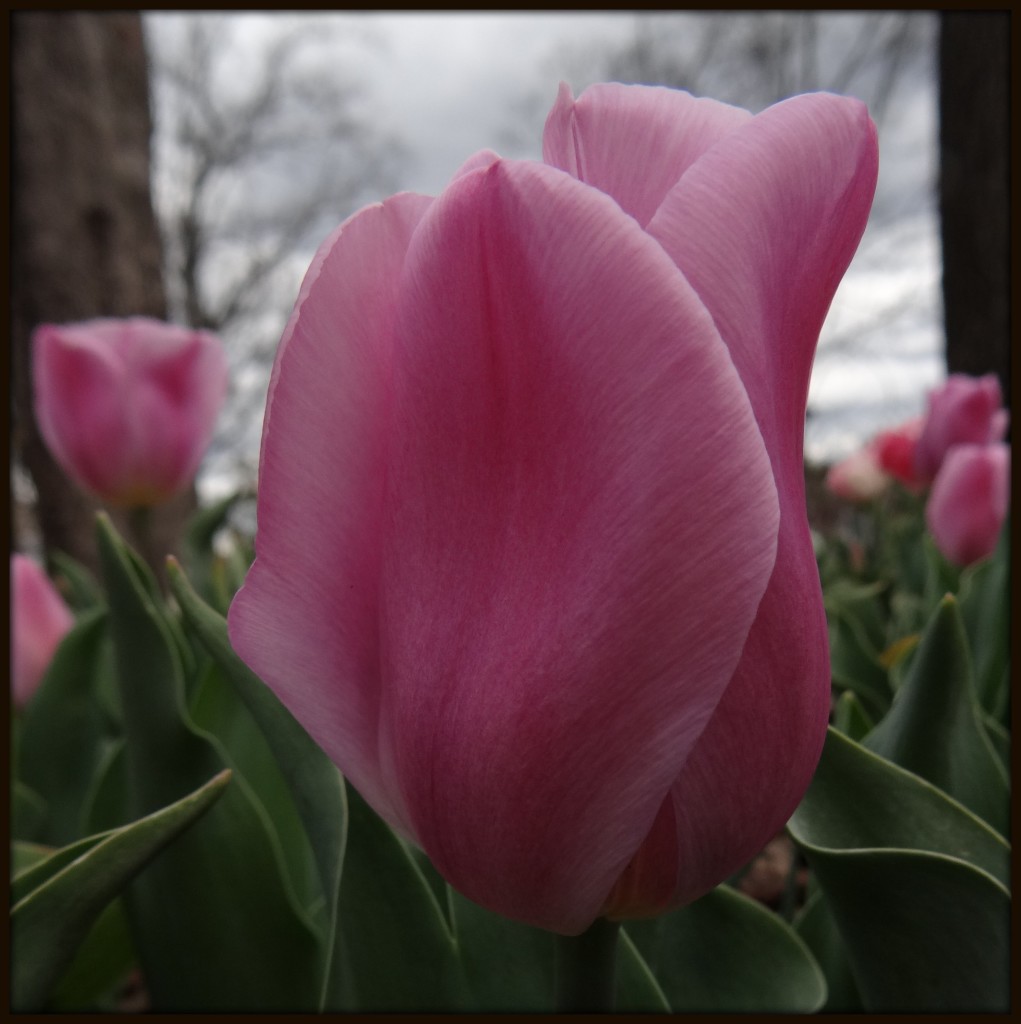
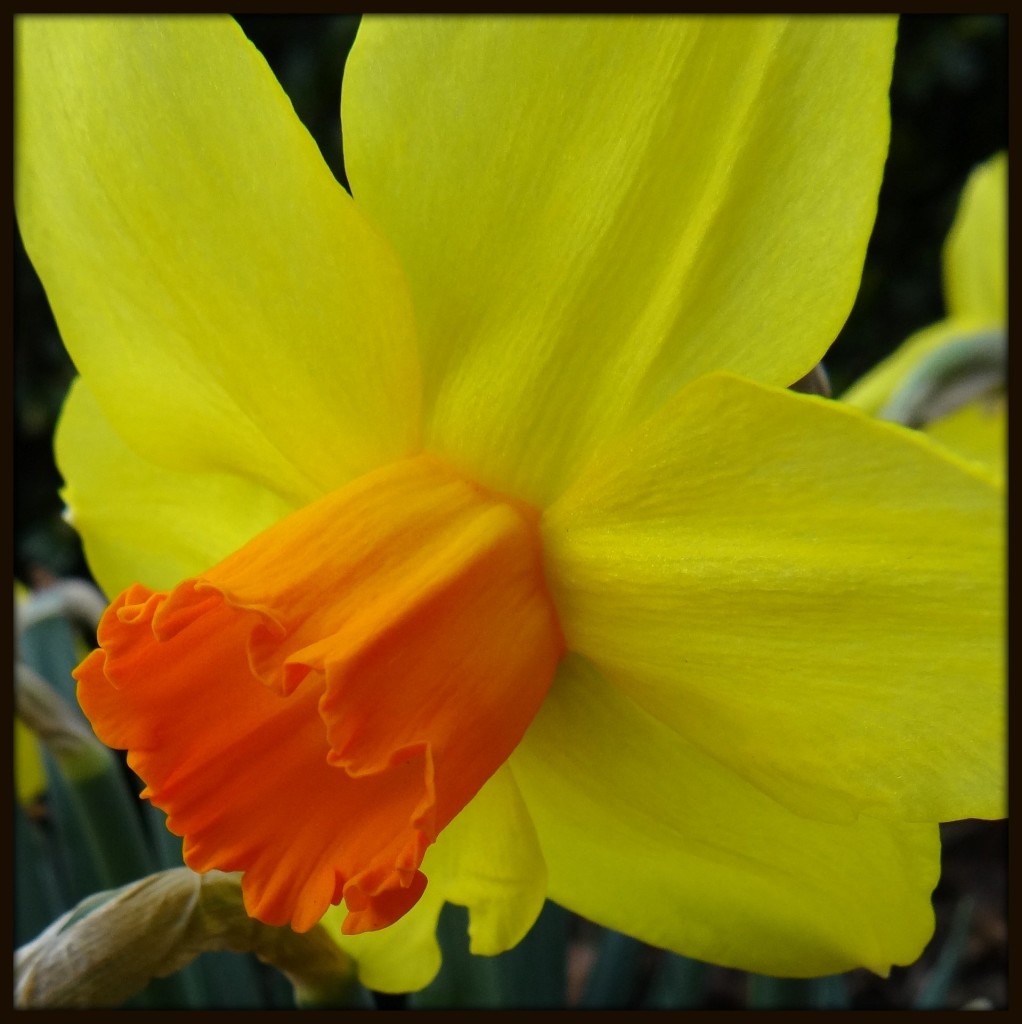
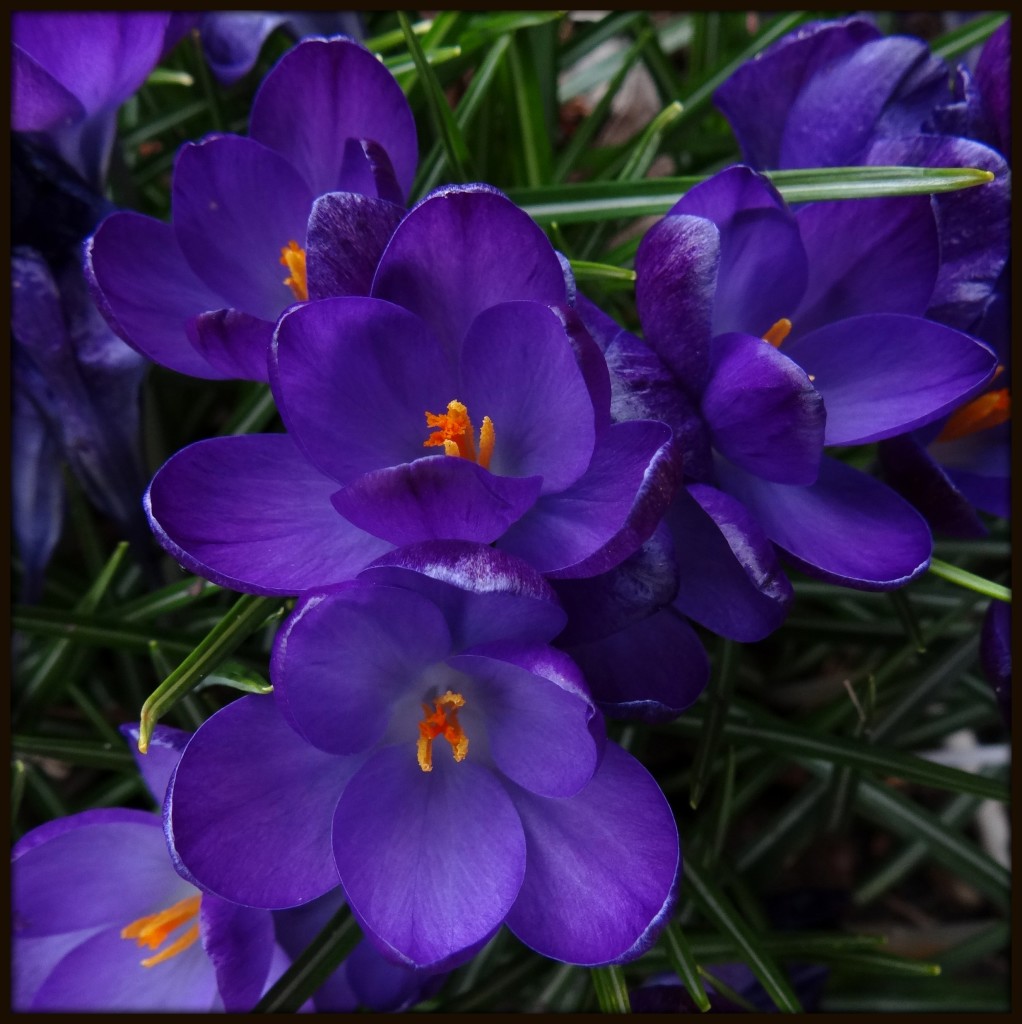
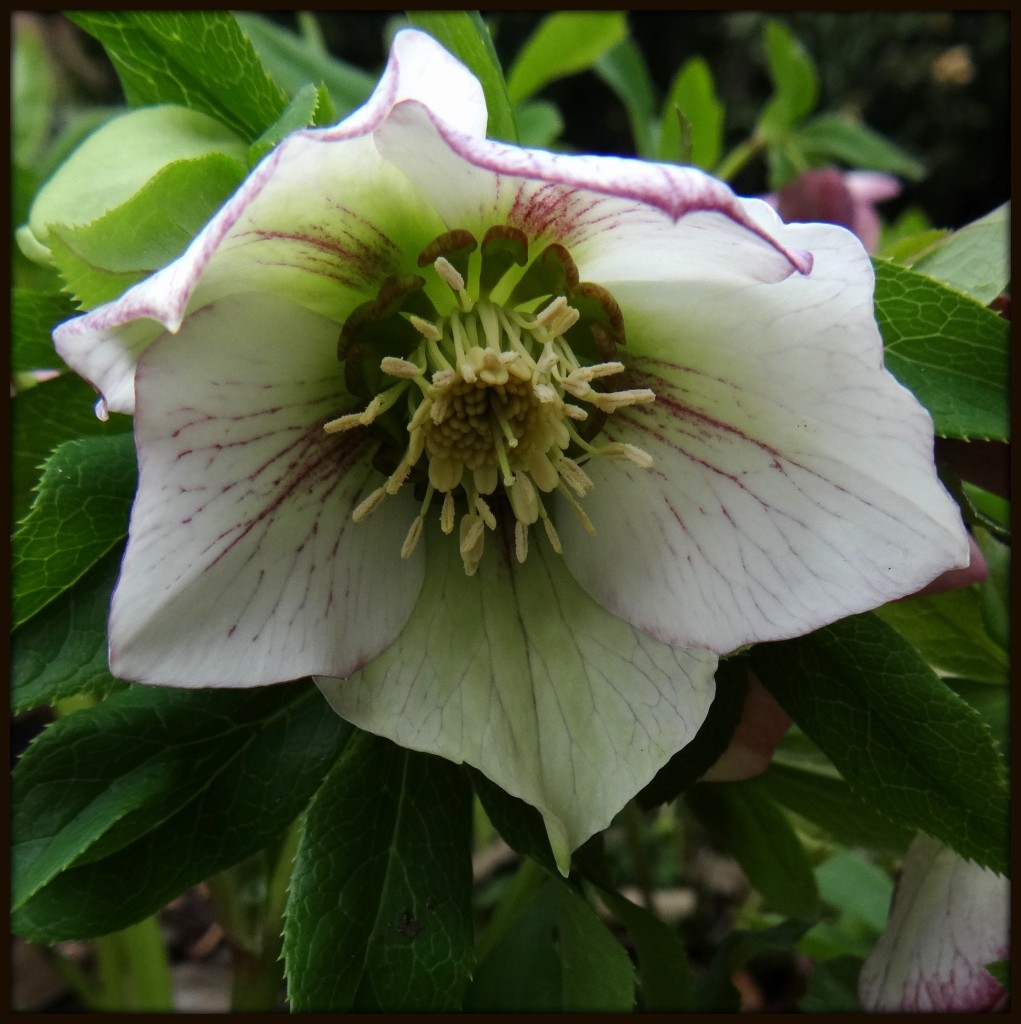
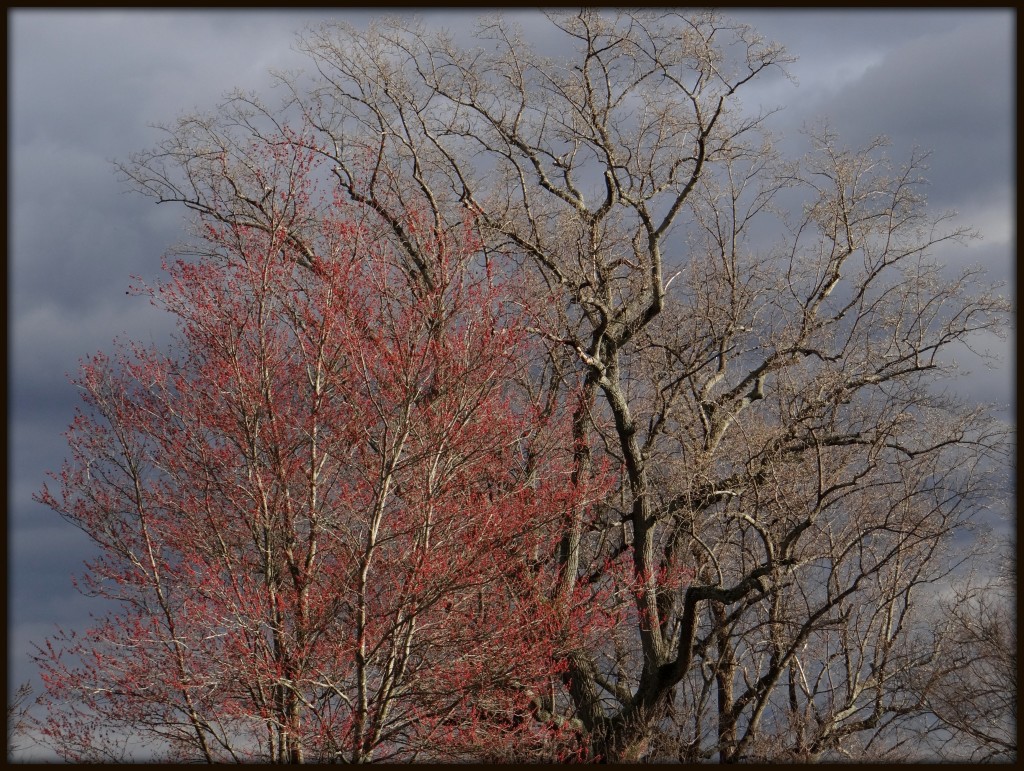
Another reflection image, from the same pool at a nearby public garden as the previous post….

Here is a photograph from a nearby public garden yesterday — a red oak leaf floating on a pool whose waters mirror branches and sky.
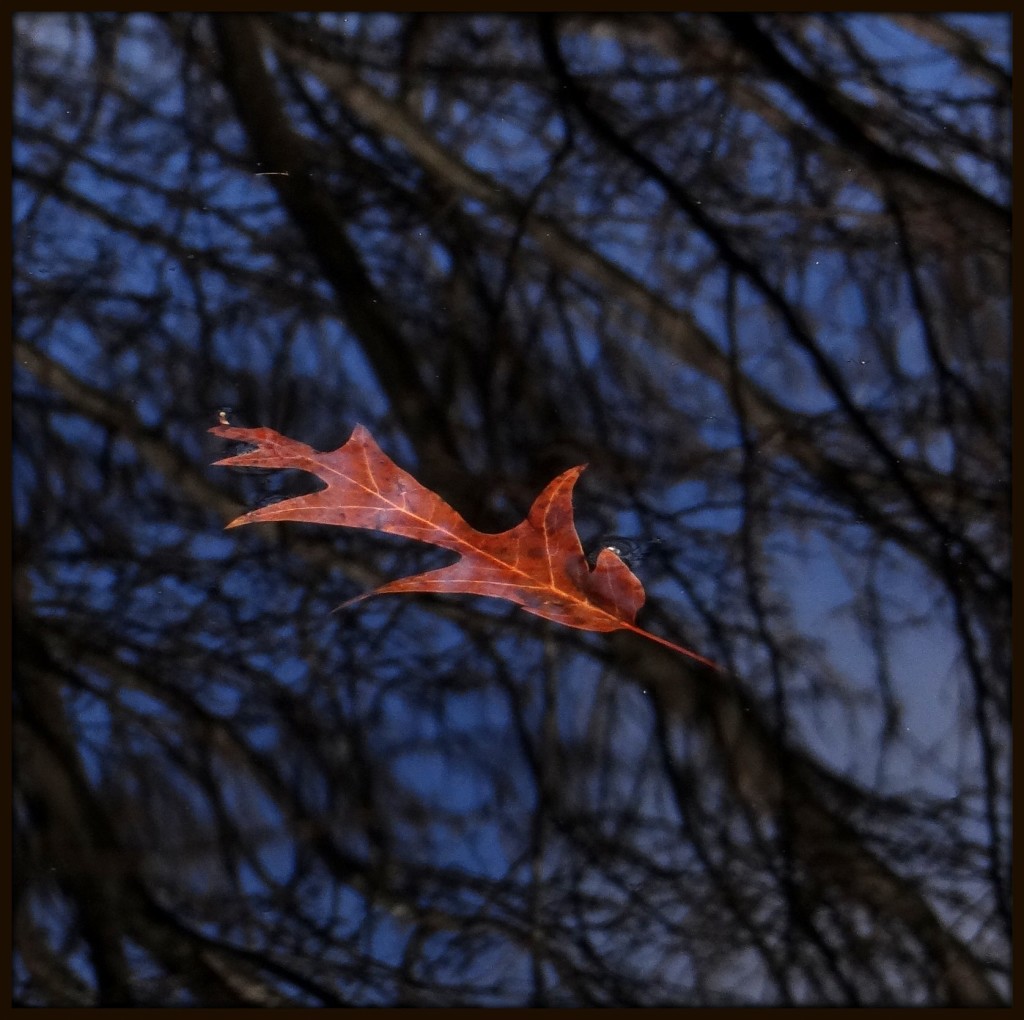
After a stunning display of orchids, tulips, daffodils, and crocuses at the Atlanta Botanical Gardens yesterday, I returned to Piney Woods this afternoon having difficulty making the shift back to a drab landscape still mostly wearing its winter garb. Apart from the everlasting daffodils (the blossom I first photographed weeks ago is still going strong), the only flowers blooming at the moment are minute ones. There are the maple blossoms yet, and then the flower garden of early weeds at the confluence of Piney Woods Church and Hutcheson Ferry Roads. There, I mostly found more hoary bittercress and the ubiquitous henbit. It took me a few minutes to discover something new: yet another tiny white flower, this one clustered atop at tiny stalk. It is a member of the genus Draba, and almost definitely Draba brachycarpa, shortpod whitlow grass. Its common name, alas, comes from a swelling near a toenail or fingernail (called a whitlow), for which the juices of this plant are supposedly beneficial in treating. Even its Latin name of Draba does not strike me as particularly poetic. However, it was a tiny flowering annual of this very genus that inspired the renowned early ecologist Aldo Leopold to write (in A Sand County Almanac), “He who hopes for spring with upturned eye never sees so small a thing as Draba. He who despairs of spring with downcast eye steps on it, unknowing. He who searches for spring with his knees in the mud finds it, in abundance…. Draba plucks no heartstrings. Its perfume, if there is any, is lost in the gusty winds. Its color is plain white. Its leaves wear a sensible wooly coat. Nothing eats it; it is too small. No poets sing of it. Some botanist once gave it a Latin name, and then forgot it. Altogether it is of no importance — just a small creature that does a small job quickly and well.”
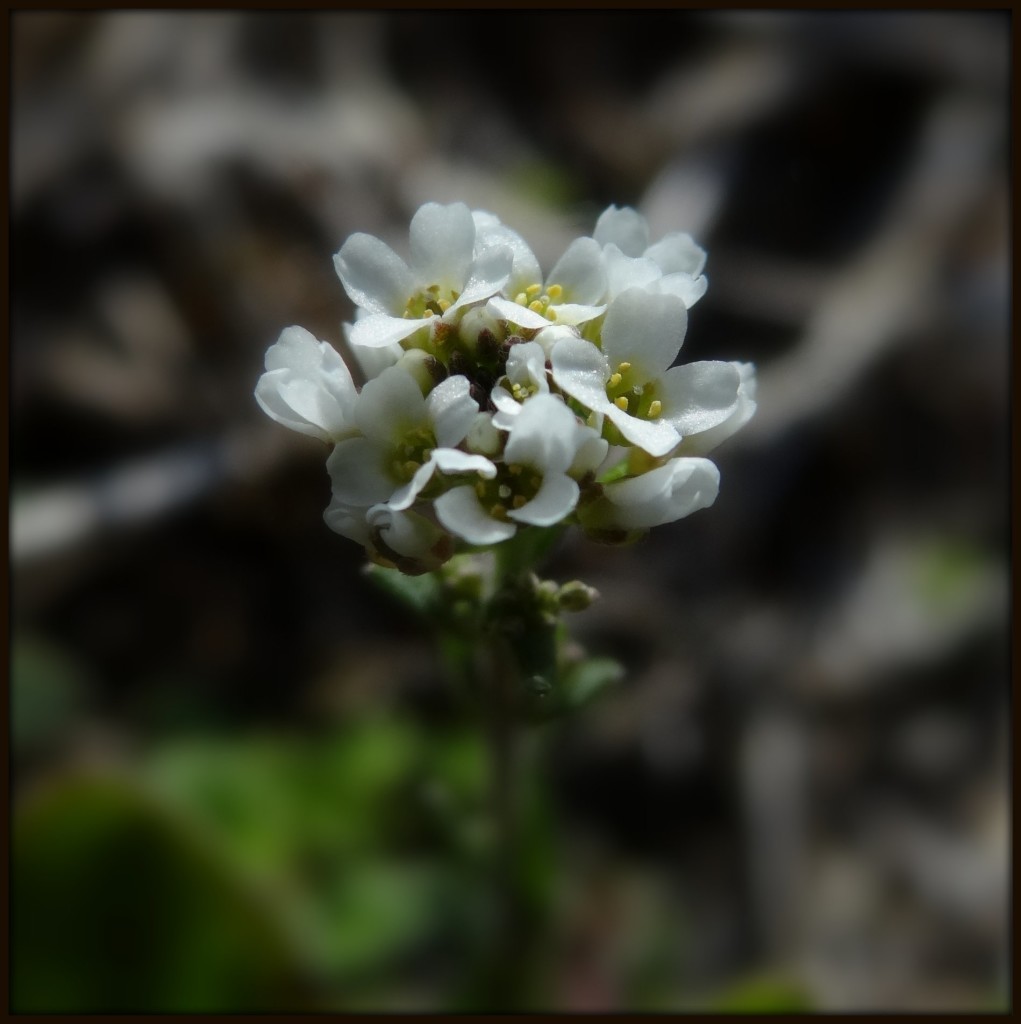
Earlier today, I visited a public garden near my home. I was there in the late afternoon on a Friday, and the grounds were nearly deserted. Squirrels raced about, carrying bits of trash or snacking on the various garden plants. I also heard — and saw — numerous cardinals. The squirrels posed for me and the cardinals stayed put long enough to turn and look at me once or even twice. By comparison, the Piney Woods Church Road wildlife is exceedingly skittish. The other day, I glimpsed my first cardinal along the roadway, but it vanished long before I could bring it into focus with my camera. I have seen a few squirrels, but always from a distance, and always racing away from me as rapidly as possible. Their urban cousins are so much more affable with regard to being photographed. I suspect this is, in good part, because of all the food (human litter and various plants) available in the gardens. I suspect people try to feed the squirrels from time to time, too. Whatever the cause(s), the result was some charming images.
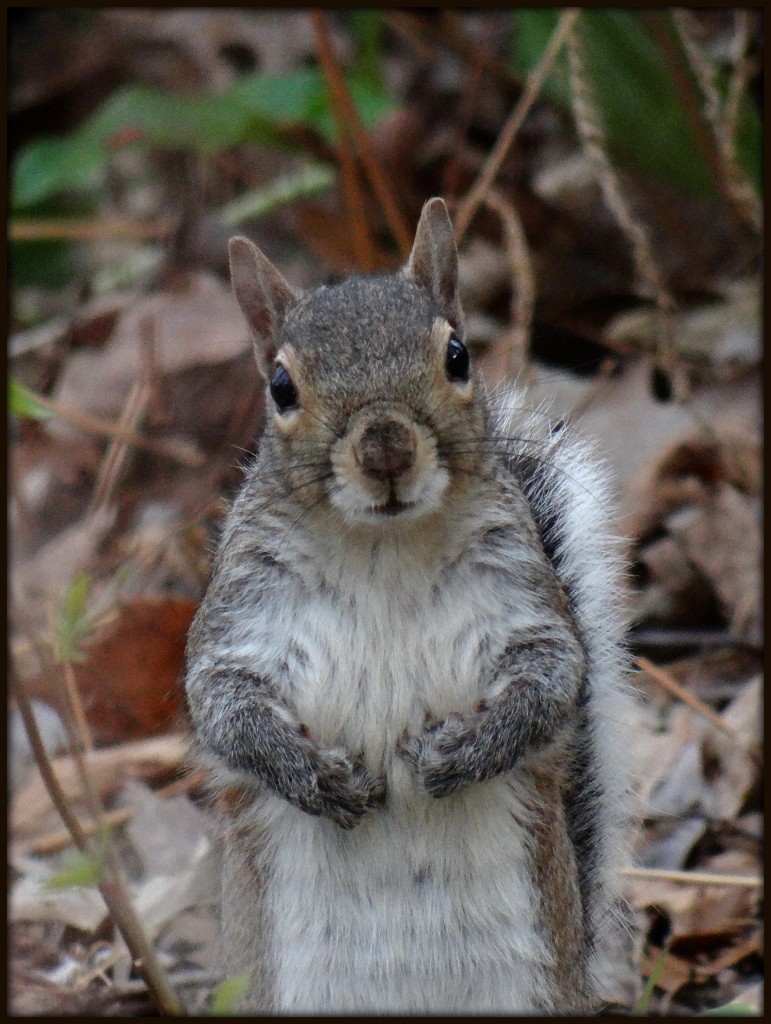
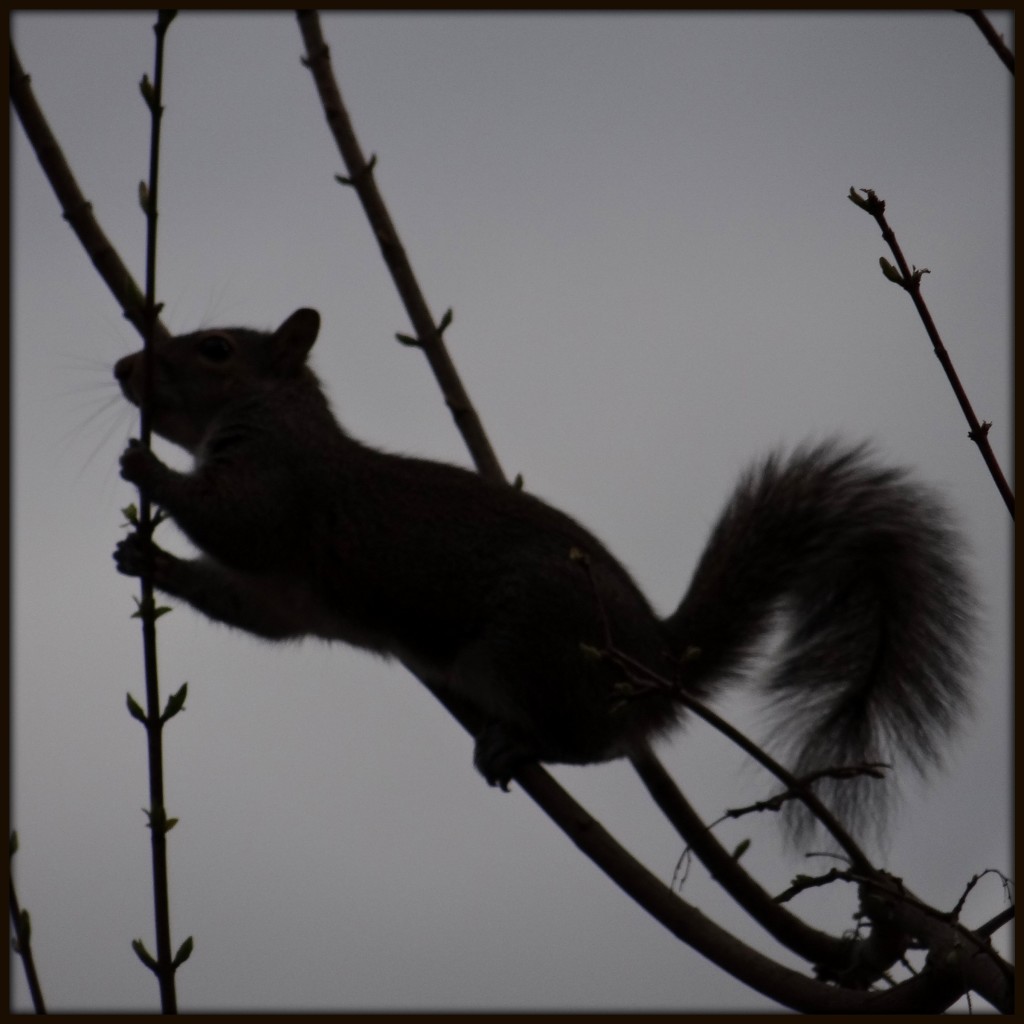
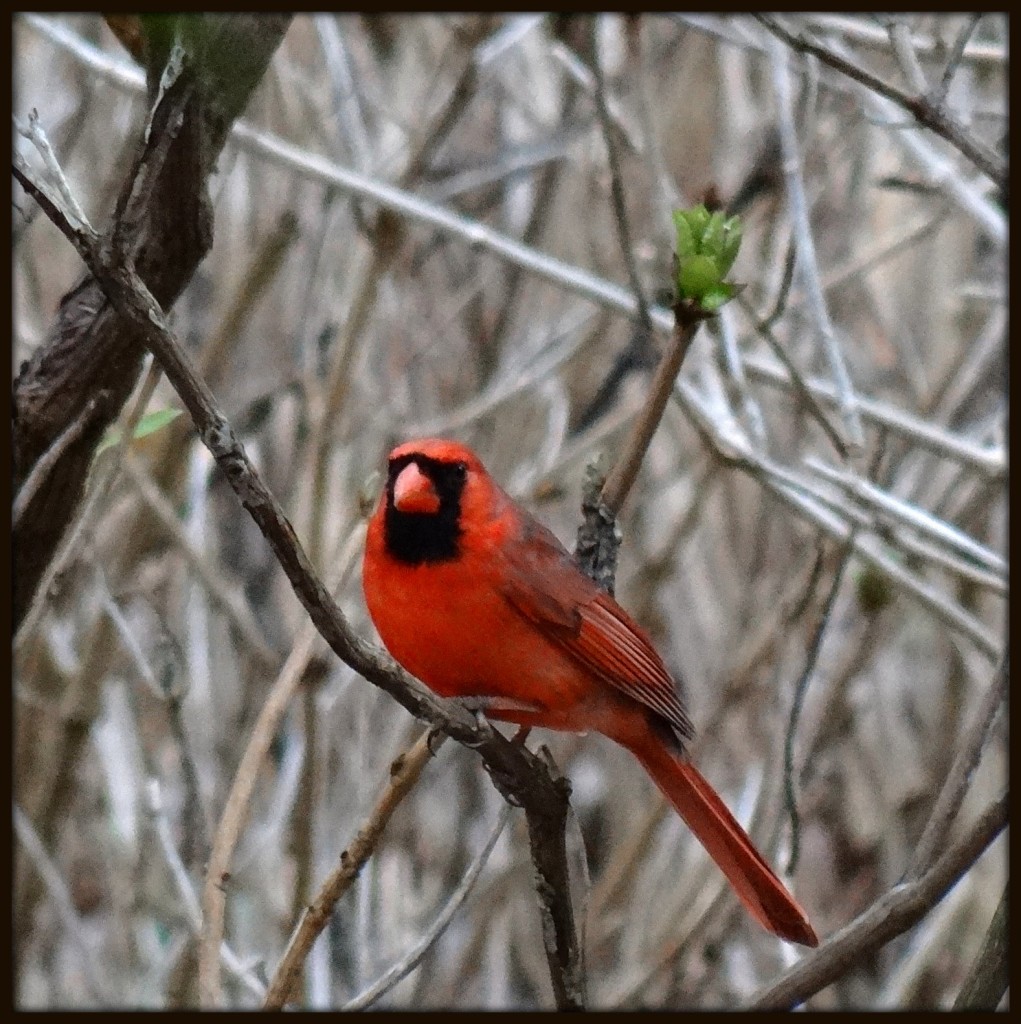
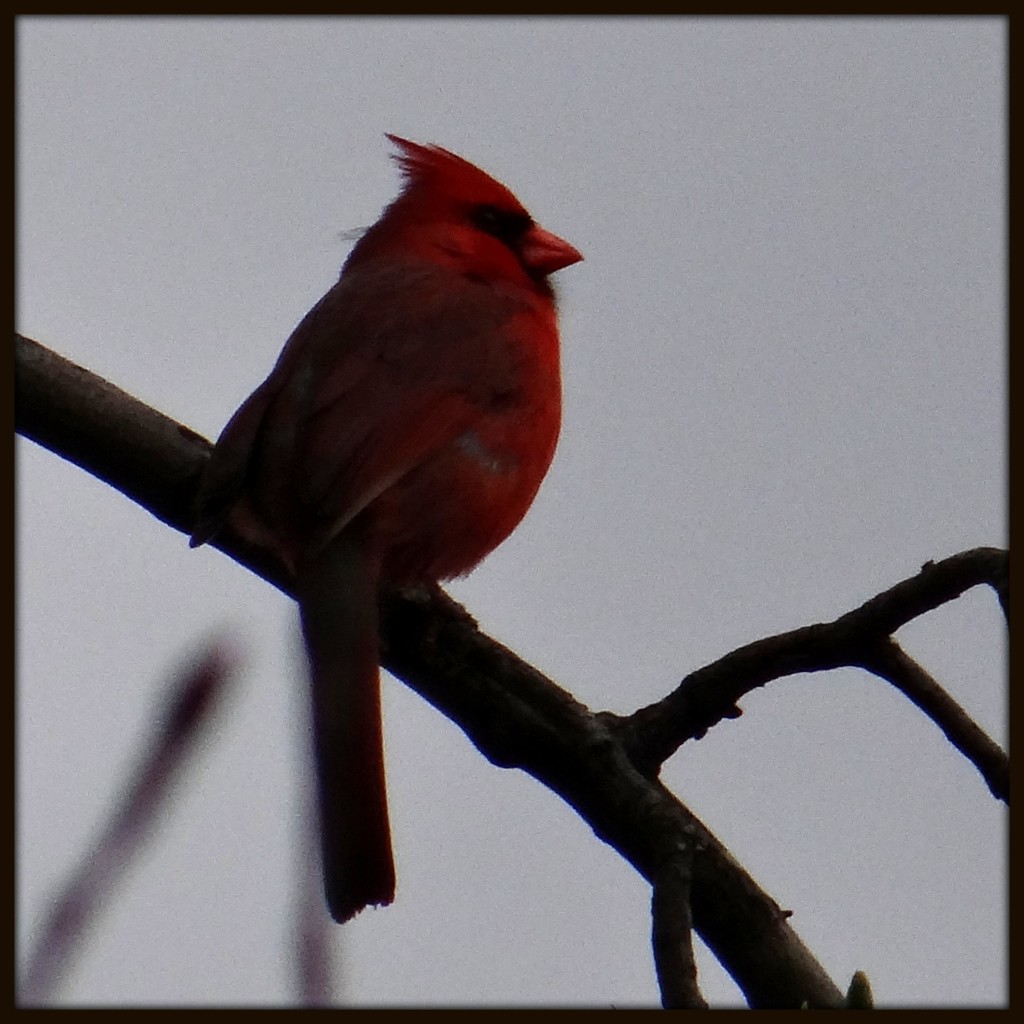
A gentle rain overnight left Piney Woods Church Road covered with tiny jewels — water droplets reflecting the roadside landscape, upside-down in miniature. I think I would be content to spend the rest of my life just photographing drops of water for the wonders they contain.
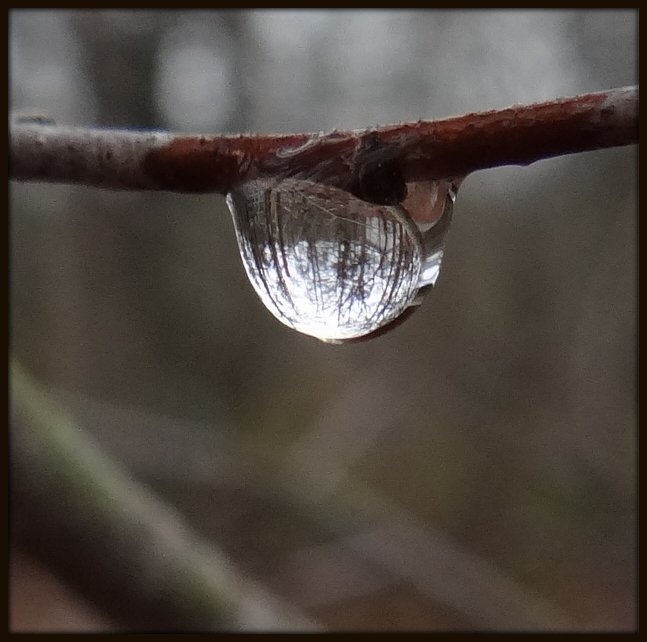
Resurrection fern (Polypodium polypodioides) is among my most favorite ferns. It spends much of the year looking like dried-up leaves clinging to a tree branch. After rainfall, it magically transforms itself into a vibrant green, luxurious fern layer festooning tree limbs. Resurrection fern is an epiphyte, gaining all the nutrients it needs from what is in the air and what might collect on the outer surface of the tree bark. It does not harm its host in any way. This photograph was taken among the pecan trees, about halfway down Piney Woods Church Road. I dedicate this image to Fern’s Market in Serenbe, which has provided me with a marvelous haven for reading and hanging out since it first opened in 2012.

I am learning to look everywhere for possible photographs — for potential doorways into wonder. Sometimes, they appear literally beneath my feet. That is what happened in the case of this picture. I looked down just a few steps ahead of me, and glimpsed this composition, already created by happenstance.
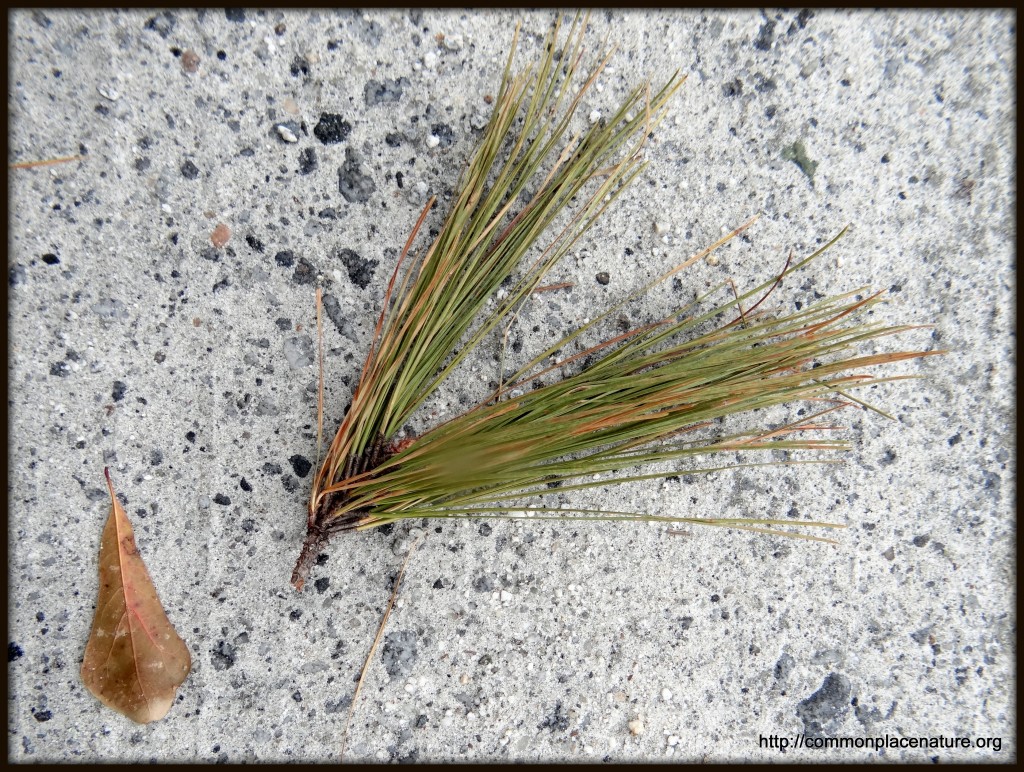
On yet another rainy, wintery afternoon, with the air temperature struggling to rise above 40, and the wind chill in the lower 30s, I started off down Piney Woods Church Road hoping to discover something new — some further omen of spring’s return. I was delighted to find, almost immediately, more red maples in bloom — this time, a couple of trees growing near the intersection with Rico Road. I snapped a number of photos of them. Upon returning home, I was most drawn to my images of this particular cluster of flowers. Alas, a dead stalk of some kind of large weed in the background provided an annoying distraction in every single shot. So I broke with tradition, trudging back a second time to take the photograph below.
